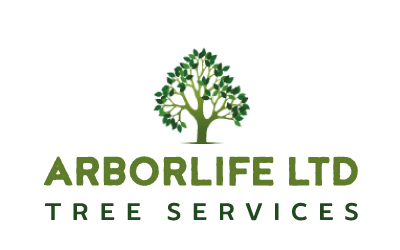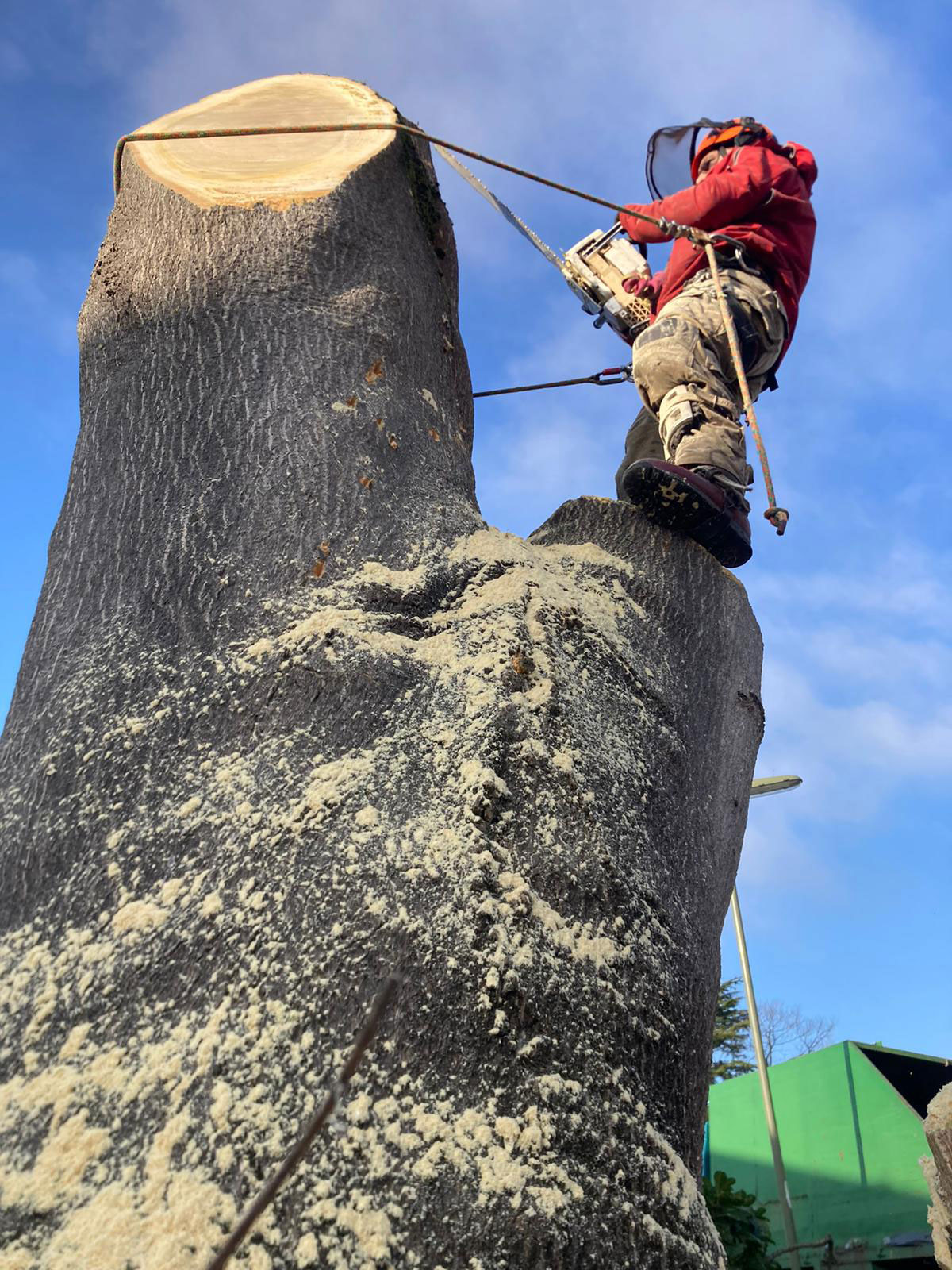Call today for a free quote
07775 837892

Call today for a free quote
07775 837892

The Tree of Heaven (Ailanthus altissima) is known for its rapid growth and ability to sprout from roots and stumps. While impressive in size, it’s classed as an invasive species in the UK, capable of damaging paving, drains, and even building foundations.
Recently, our team at ArborLife Tree Surgeons was called to Guildford to remove a very large mature Tree of Heaven that had become unsafe and was encroaching on nearby structures.
Before any work began, we carried out a detailed inspection:
After consultation with the property owner and a check for any Tree Preservation Orders (TPOs), the decision was made to fell the tree in a controlled and environmentally responsible manner.
1. Preparation and Safety Planning
2. Sectional Removal
3. Felling and Stump Removal
4. Site Clearance and Recycling
While attractive when young, mature Ailanthus trees can cause several issues:
Felling and stump grinding are the most reliable long-term control methods.
1. Is the Tree of Heaven protected in the UK?
No. The Tree of Heaven is not a protected species — in fact, it’s listed as invasive under UK environmental legislation. However, if the tree is covered by a TPO or lies in a conservation area, permission is still required before removal.
2. Can a Tree of Heaven regrow after felling?
Yes, it can. The species is known for vigorous suckering, even from small root fragments. That’s why stump grinding or chemical treatment is essential after felling.
3. What’s the safest way to remove a large Tree of Heaven?
The safest method is sectional felling, using rigging and controlled dismantling to lower sections safely — especially in tight urban gardens like those in Guildford.
4. How much does it cost to remove a Tree of Heaven?
Costs vary based on height, access, and stump removal, but large specimens generally range from £600–£1,200 including safe disposal. ArborLife offers free, no-obligation quotes for accurate pricing.
5. Can the timber be reused?
Yes — smaller branches can be chipped for mulch, and larger sections are often recycled as firewood or biomass fuel.

